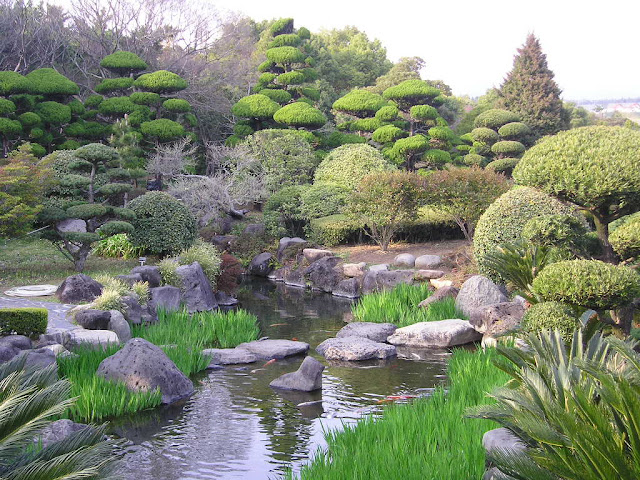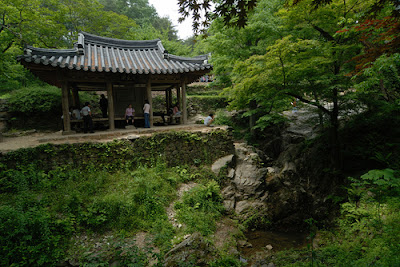Haeinsa (Temple Haein) listed by UNESCO as a world heritage site in 1995 is a temple located on top of Mount Hollywood, South Gyeongsang Province, South Korea. Haeinsa is the main Buddhist temple of the Jogye sect with saved Tripitaka Koreana (Tripitaka mold made of wood) and amounted to 81 258 timber stored since 1398.
Tripitaka Koreana itself defined by UNESCO as World Heritage Reader (Memory of the World Register) in 2007, while that for libraries to pres Tipitaka Koreana wood was designated as a World Heritage Site along with Haeinsa.
Haeinsa symbolizes the Dharma and also one of the three temples Haeisa precious in korea. This temple was built in 802 during the Silla kingdom as a gratitude to the Buddha by two monks and Ijeong Suneung successful cure consort of King Aejang.


















